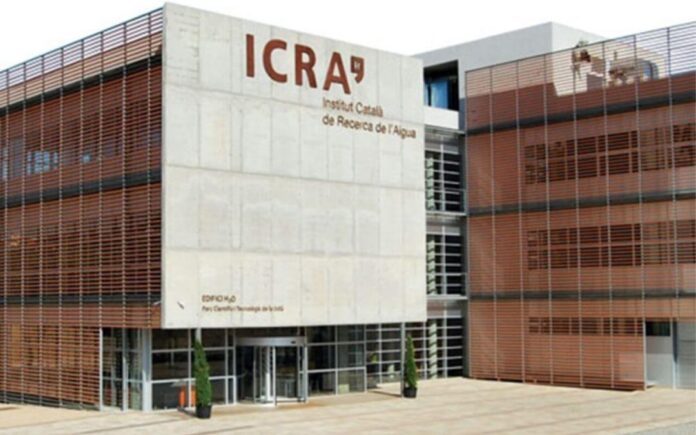Indian Banking Sector: The Key highlight of the report:
The proposed changes in the Liquidity Coverage Ratio (LCR) guidelines are expected to decrease the system-wide reported LCR by 14-17%, dropping from 130% in Q4 FY2024 to between 113% and 116%. This reduction is due to higher run-off factors for certain deposits and increased haircuts on high-quality liquid assets (HQLA), such as government securities (G-secs). As a result, banks will need to revise their strategies for credit and deposit growth, particularly if their LCR approaches the regulatory minimum requirement of 100%.
According to ICRA‘s estimates, the average total high-quality liquid assets (HQLA) for the banking system stood at Rs. 48.9 trillion as of March 31, 2024. To offset the reduction in the Liquidity Coverage Ratio (LCR), banks may implement strategies such as focusing on retail deposits, reducing the proportion of wholesale deposits, moderating credit growth, and allocating a larger share of deposits to HQLA. If banks choose to recover the entire LCR loss through additional purchases of HQLA, it could negatively impact Return on Assets (RoA) and Return on Equity (RoE) by 6-7 basis points and 70-90 basis points, respectively. This assumes an opportunity cost of a 2.5% interest spread on HQLA.
Overall, banking are expected to moderate their credit growth targets leading up to the proposed implementation date of April 1, 2025. This moderation is likely to result in improved (i.e., decreased) credit-to-deposit ratios and an increase in liquidity buffers for banks. ICRA views these developments as positive from a risk perspective for the banking sector.
The proposed changes aim to enhance the resilience of the banking sector and align with recent regulatory measures to moderate elevated credit growth. ICRA maintains its earlier estimates of lower credit growth in both absolute incremental credit growth and year-on-year (YoY) terms, projecting Rs. 19.0-20.5 trillion (11.6-12.5% YoY) in FY2025, compared to Rs. 22.3 trillion (16.3% YoY) in FY2024. This moderation is expected to reduce credit growth, prevent unhealthy competition for deposits, and curb the rise in bank deposit rates.
The decline in growth aspirations may lead to improved pricing power for banks, allowing them to be more selective with the segments they choose to grow. To offset the impact on profitability, banks may need to increase their lending rates by 10 basis points. This could result in higher costs for borrowers, prompting larger borrowers to explore alternative funding sources, such as bonds and external commercial borrowings.




